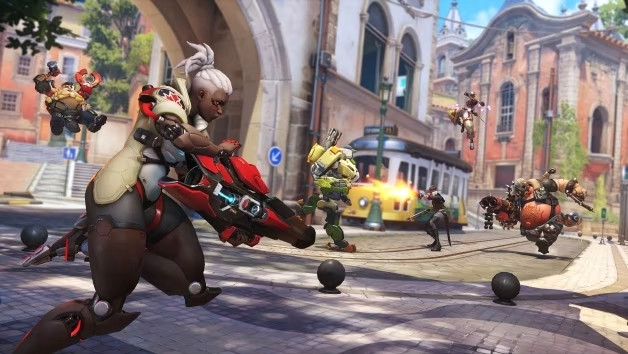The 2019 release of Overwatch on Nintendo Switch ignited debate about the wisdom of porting a competitive, latency-sensitive FPS to a platform with inherent technical constraints. While the move expanded accessibility, its success hinges critically on network performance—a factor epitomized by the imperative to test OW2 ping(https://www.gearupbooster.com/ping/overwatch-2 ) rigorously before endorsing the Switch version.
Technical Feasibility: Balancing Compromises
Initial reviews (e.g., IGN’s 7/10 score) highlighted persistent challenges: dynamic resolution scaling, reduced textures, and unstable 30–45 FPS (dips below 30 in intense fights). These compromises stem from Switch’s mobile-grade hardware, which struggles with Overwatch’s fast-paced 6v6 battles and complex particle effects. While OLED models mitigate visual shortcomings through superior contrast, the core limitation remains: Switch cannot match the 60+ FPS standard of PC/consoles. For competitive play, where split-second reactions determine outcomes, this creates a tangible disadvantage.
The Ping Predicament: Network Performance as the Deciding Factor
Switch’s portable nature encourages on-the-go gaming, yet Overwatch demands ultra-stable connections. Wi-Fi dependency exacerbates latency, r


